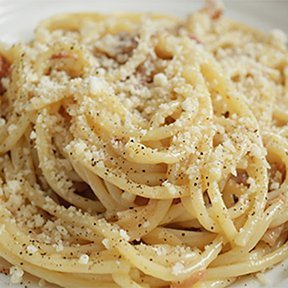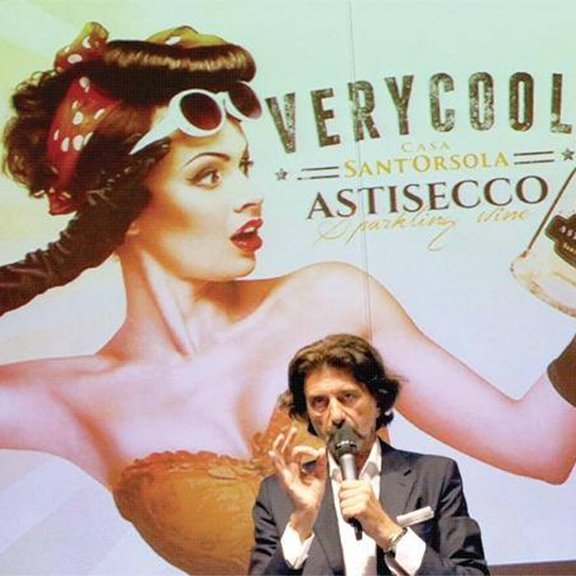“At best,” writes Eric Asimov in How to Love Wine: a memoir and manifesto (New York, William Morrow, 2012), “tasting notes are a waste of time. At worst, they are pernicious. It’s disturbing to imagine wine writers wracking their brains to decide whether a particular aroma reminds them of braised fig, roasted fig, fig sauce, or maduro tobacco. But writers do need to feel useful. What’s worse, several generations of wine writers and consumers now believe that rolling out a litany of obscure flavors and aromas actually brings them closer to understanding the appeal and allure of a particular wine.”
Every time I read this passage from Asimov’s book (which I found myself doing the other day as I prepped for the first in my seminars for the Master in Wine Culture program at UniSG), I am reminded of a famous line from Carlo Emilio Gadda’s celebrated twentieth-century novel, Cognizione del dolore (Turin, Einaudi, 1963; translated by William Weaver as Acquainted with Grief, London, Owen, 1969).
“The ‘I’!,” exclaims Gonzalo in this masterwork by the Milanese novelist. “The filthiest of all pronouns! … Pronouns! The lice of thoughts. When thoughts have lice, they scratch themselves like everyone who has lice… And in their fingernails, you can find pronouns: Personal pronouns” (translation mine).
Gauging from Asimov’s take on the “tasting note,” it’s safe to say that he would probably concur with me that tasting notes are the lice of wine writing, as regrettable as they are unavoidable.
“At this point,” continues Asimov in his treatment of the tasting note, “I would not be surprised if some of you are unhappy with this line of thinking. From where I sit, I hear you protesting that tasting notes are essential to help people understand what they can expect when they take a sip of wine of the wine in question.”
A few lines later, he quotes Alder Yarrow, a wine blogging pioneer and author of the popular site Vinography:
“As critics and writers our jobs certainly must be to help people understand and appreciate wine… And part of the way we do that must be to describe the wine — and wine tastes like things and smells like things.”
Whether you lean closer to Asimov or to Yarrow, there’s no question that tasting notes are a key element of wine writing today and there’s virtually no way to avoid them.
The tasting note conundrum is one of the things we are going to be looking at during my seminars on wine writing and wine blogging and how media has reshaped the wine industry on so many levels.
Image via Wikipedia (Creative Commons).







